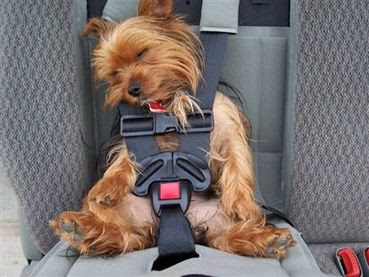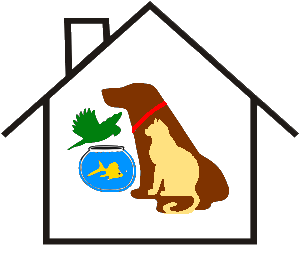 |
| Disaster Preparedness for Pets-Care Business Professionals |
Disaster Preparedness for Pets-Care Business Professionals
If you're ready to create your own pet-disaster-preparedness plan - use these resources to create a plan custom-fitted for you and your clients:- The Humane Society of the United States has a myriad of resources, including brochures and a Disaster Center that can educate you on the best ways to prepare for a disaster.
- Your local Emergency Response Team can assist you in locating animal-friendly shelters in case of evacuation. They will also be able to provide you with any and all requirements necessary to house animals in such a shelter. (In most cases house pets will need to be crated and will need to bring copies of their immunization records).
Spend some time researching and then create a plan that will work for you and your clients' house pets. Items to include in your plan:
- Maps for your sitters delineating which house pets they are responsible for in case of an emergency;
- A waiver from your clients granting your company permission to transport their house pets to the closest animal friendly shelter in case of evacuation;
- A waiver from your clients who do NOT want you to transport their house pets in cases of disaster - letting you know that you are to leave their house pets in place;
- Reminders for your clients to keep their house pets' vet records taped in or near their crate. Additionally, each pet should have up to 2 weeks of food in air- tight containers and easily accessible water containers so that you can find everything when you need to move swiftly;
- An understanding with each client where they can be found if an evacuation takes place and cell phones are not operational. Many families have an agreed upon meeting place - make sure you know the 'meeting place' for each family you work with so you are able to find them when the roads become passable.
 |
| Disaster Preparedness for Pets-Care Business Professionals |
Use your plan as a marketing tool. Once you've assembled your plan, why not write an article for the local paper about effective disaster preparedness for house pets? How about offering a free tip- sheet on disaster-preparedness for pets for every potential new client who subscribes to your e-zine? Or, simply post your disaster preparedness tips on your website and offer it as a free article on the web - make sure you include a great resources box that gets folks to head to your website! Finally, you can expand your disaster preparedness research to create an offer a free seminar on the topic - either in conjunction with your local shelter, police and fire department or the local school.













